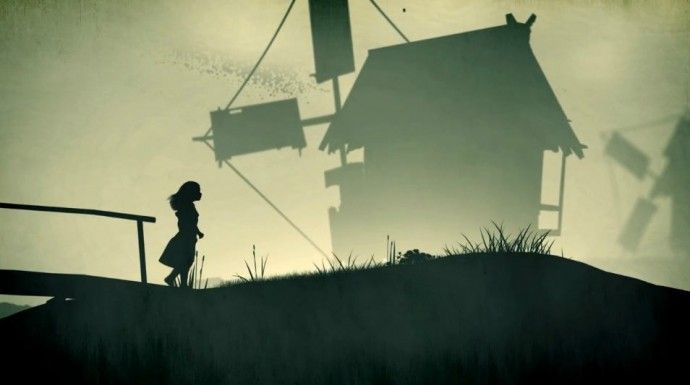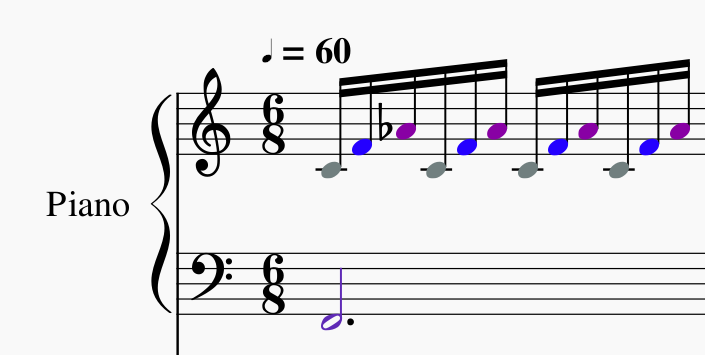The association between music and color is not new. There have long been debates and discussions about the colors of certain sounds, and some people have a condition in which they perceive sounds in various colors. It's a fascinating subject I can't hope to briefly cover here, so I won't try.
About a year ago, I started to learn music from a position of complete musical illiteracy. I've recently put my flippers to a keyboard piano with some success (think "Twinkle, Twinkle, Little Star"), and it has given me an idea.
It's well known Beethoven composed beautiful music despite his deafness, and while he had the ability to "hear" the music within his mind, I wonder if he might have appreciated seeing the music in an array of color. Imagine seeing a pattern of colors play out in a way that is aesthetically pleasing to watch as much as the music is to hear.
Now let's add to it. Write some music for a poem like Edgar Allan Poe's "The Raven," and play the music as the color array for it dances across a large, theater-sized screen. Then we add silhouetted actors, playing out the story before us, in a way that is complementary to the music and the colors.
What I imagine is something that looks a little like this:
 I've tried various methods for assigning colors to various notes on the piano, with limited success. The trouble is coming up with a palette that looks pleasing, without being so similar as to be indistinguishable, and without being so disparate as to be jarring. I also believe that whatever the final product, it would meet with limited success, since the majority of people don't seem terribly interested in such artistic displays.
I've tried various methods for assigning colors to various notes on the piano, with limited success. The trouble is coming up with a palette that looks pleasing, without being so similar as to be indistinguishable, and without being so disparate as to be jarring. I also believe that whatever the final product, it would meet with limited success, since the majority of people don't seem terribly interested in such artistic displays.
In my experience, pipe smokers tend to be more contemplative, and appreciative of the arts in general, so I thought you all might appreciate this kind of idea, and I'd appreciate any thoughts you may have on it. While I envision classics like Shakespeare, Poe, Dickens, and others portrayed in this way, I can also see where one might give historical lessons or even explanations of various factual concepts with a method like this.
About a year ago, I started to learn music from a position of complete musical illiteracy. I've recently put my flippers to a keyboard piano with some success (think "Twinkle, Twinkle, Little Star"), and it has given me an idea.
It's well known Beethoven composed beautiful music despite his deafness, and while he had the ability to "hear" the music within his mind, I wonder if he might have appreciated seeing the music in an array of color. Imagine seeing a pattern of colors play out in a way that is aesthetically pleasing to watch as much as the music is to hear.
Now let's add to it. Write some music for a poem like Edgar Allan Poe's "The Raven," and play the music as the color array for it dances across a large, theater-sized screen. Then we add silhouetted actors, playing out the story before us, in a way that is complementary to the music and the colors.
What I imagine is something that looks a little like this:

In my experience, pipe smokers tend to be more contemplative, and appreciative of the arts in general, so I thought you all might appreciate this kind of idea, and I'd appreciate any thoughts you may have on it. While I envision classics like Shakespeare, Poe, Dickens, and others portrayed in this way, I can also see where one might give historical lessons or even explanations of various factual concepts with a method like this.

